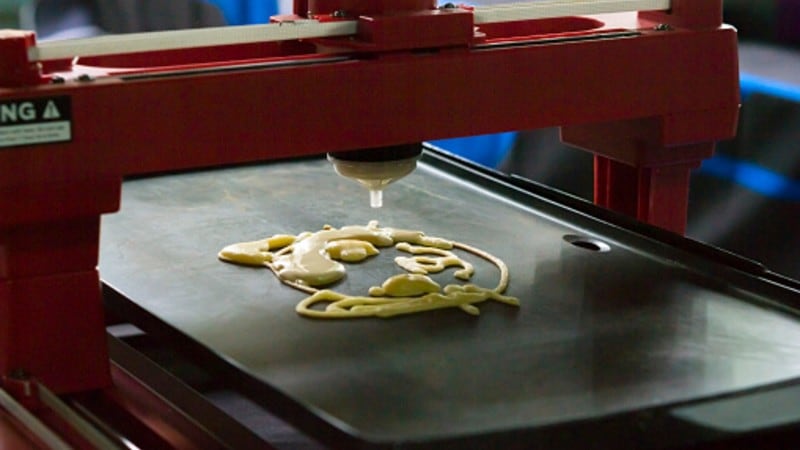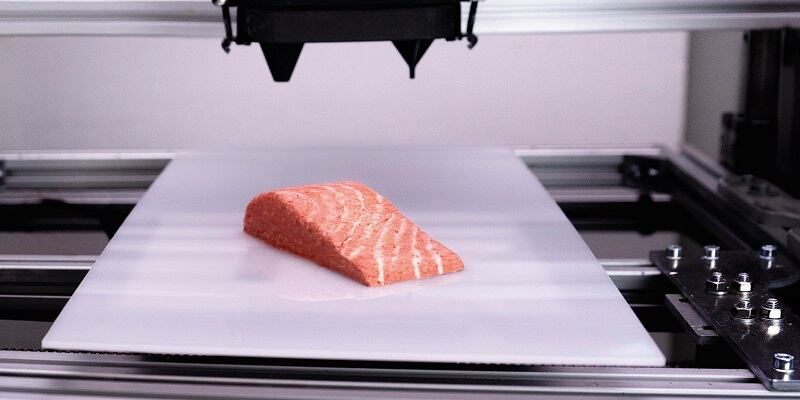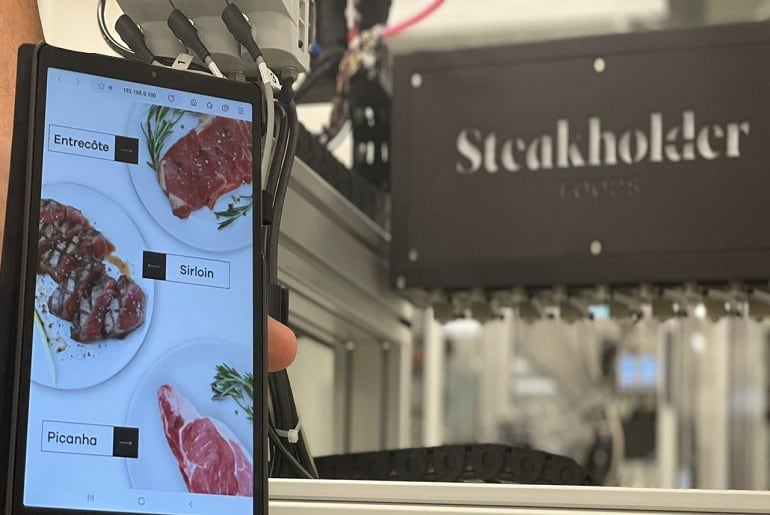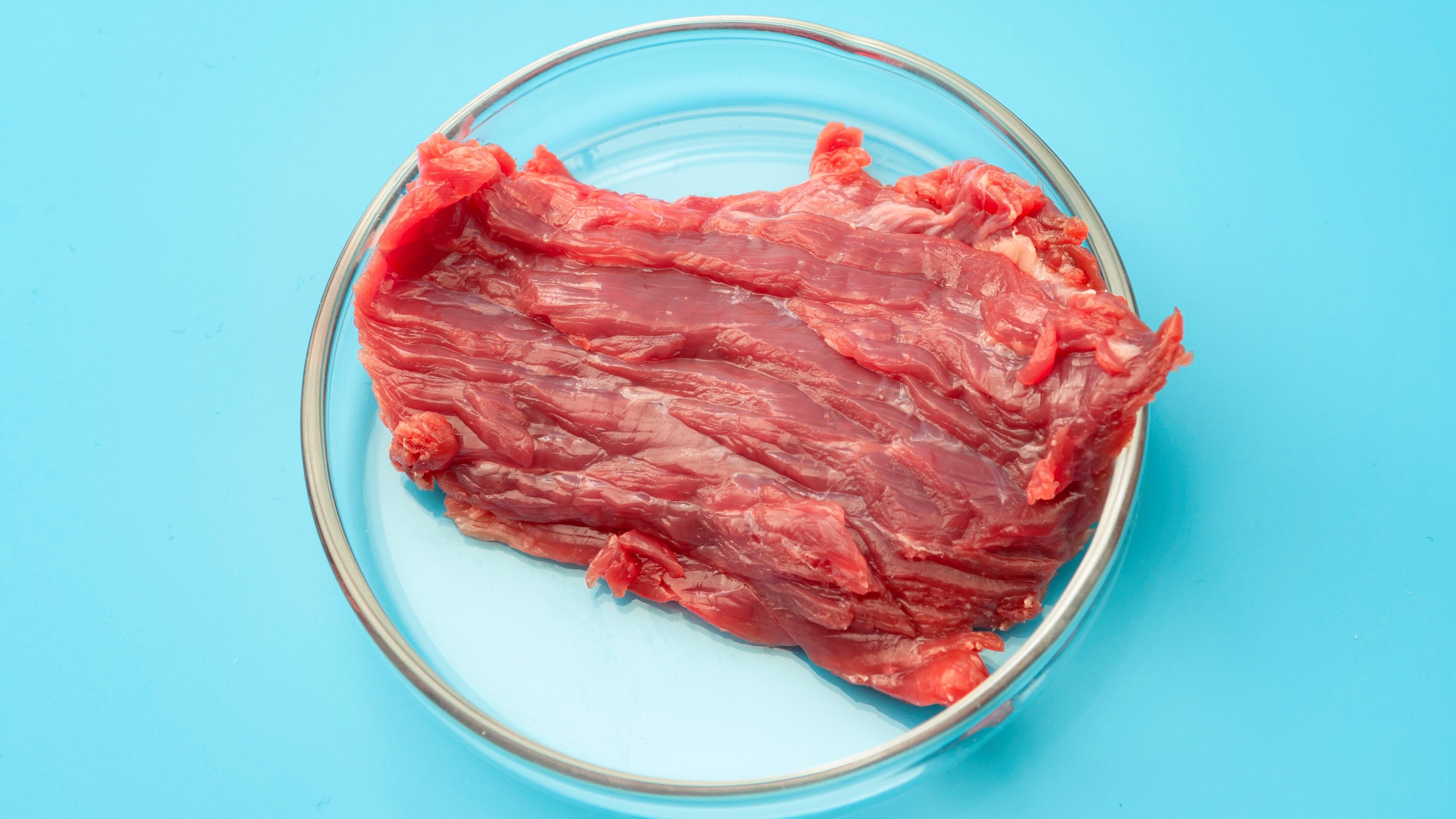Although 3D printed foods have been touted for several years as the way forward for precision nutrition and food customisation, many firms looking to specialise in this area have hit significant roadblocks in terms of technology, pricing and demand volumes, including in China.
Moodles believes that the only way past this hurdle is to concentrate using 3D printing technology to produce high-nutrition staple foods such as rice and noodles, products that local consumers are already used to and will easily accept as part of their diets on a daily basis.
“It is true that Chinese consumers want more precise nutrition in their products, as well as to ensure that these are clean with no additives or artificial colours, flavours or added sugars,” MOODLES Founder Peiran Zhu told FoodNavigator-Asia.
“At the same time, there is rising importance for meals to be convenient e.g. having all the nutrients they require in just one product, as well as for these to be fast and ready-to-heat or ready-to-eat.
“3D food printing is able to satisfy all of these requirements, and indeed many consumers are looking towards high technology products in order to get all of their requirements met – but there is still a gap in terms of getting them to transition from traditional foods.”
One area where Zhu believes improvement is required is the format of presentation and/or delivery of such new-age food products.
“The key is to integrate the nutrients from protein to fat to carbohydrates and so on into a food format that consumers are familiar with, and also be able to customise the contents of each according to their needs,” he added.
“A lot of 3D food printing is being used in areas such as chocolates and processed meats – but we at MOODLES believe that there is a gap in terms of utilising high nutrient ingredients in making staple foods.
“We have developed technology to use various animal proteins together with the necessary fats and carbohydrates in scientifically-controlled amounts to make them into formats like noodles – a major staple in China.”
One major market that the firm has its eye on is diabetics and other consumers that need to consume less starch and carbohydrates.
“Think of using chicken for example but giving this a carbohydrate mouthfeel via 3D printing technology when printed into noodles,” he explained.
“This enables the consumers to just eat these directly as a staple meal and think of it as a noodle or rice dish without even needing to change their dietary habits.”
Major target markets
In addition to this group, Zhu is also targeting consumers that are focused on fitness, general healthcare, children and more.
“There is a lot of potential for many types of consumers as there is so much personalisation and customisation available using this technology,” he said.
“The fact is that traditional foods are really no longer good enough in the context of today’s consumers’ lifestyles, and as the body ages and needs change, 3D printing can also adapt to these needs which makes it an even more important technology for the industry to prosper.”





